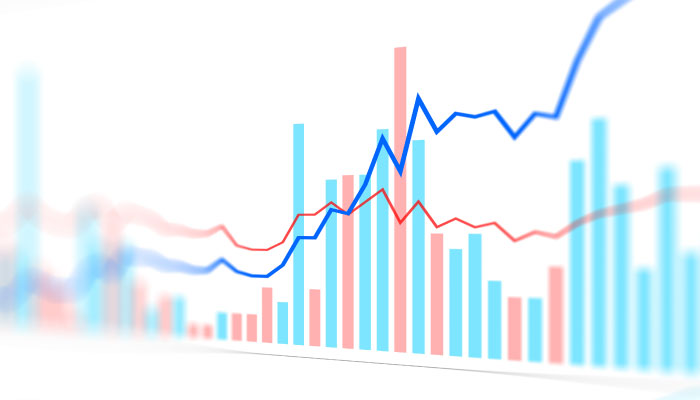A time-weighted control chart which shows the cumulative sums (CUSUMs) of the deviations of every sample value  from the target value is referred to as a CUSUM chart. As it is cumulative, even the slightest drift in the process mean will result in steady decrease or increase in cumulative deviation values. This chart, therefore, is especially useful in identifying slow shifts away from the target value due to calibration problems, machine wear and so on. If a downward or upward trend is created, it shows that the process mean has shifted and that one should look for special causes.
from the target value is referred to as a CUSUM chart. As it is cumulative, even the slightest drift in the process mean will result in steady decrease or increase in cumulative deviation values. This chart, therefore, is especially useful in identifying slow shifts away from the target value due to calibration problems, machine wear and so on. If a downward or upward trend is created, it shows that the process mean has shifted and that one should look for special causes.
The basis of plot points can be on either individuals or subgroups observations. The mean of all the observations in every subgroup is calculated when the data is in subgroups. From these means, the CUSUM statistics are calculated. If you have individual observations, CUSUM statistics are calculated from the single observations.
What is EMWA chart?
A time-weighted control chart which plots the exponentially weighted moving averages is called a EWMA chart.
These charts are especially suited for identifying small shifts in a process or to monitor processes which exhibit a drifting mean over time. For example, the EWMA chart can assist in identifying drift which is caused by tool wear.
For more details on how CUSUM and EWMA provide superior alternatives to the traditional X chart for individual measurements, join expert speaker William A. Levinson in an online webinar. During this session William will provide easy steps to detect process shifts by calculating the power of the X chart. This session will also provide steps to set-up a CUSUM chart and how to deploy it in tabular form.



